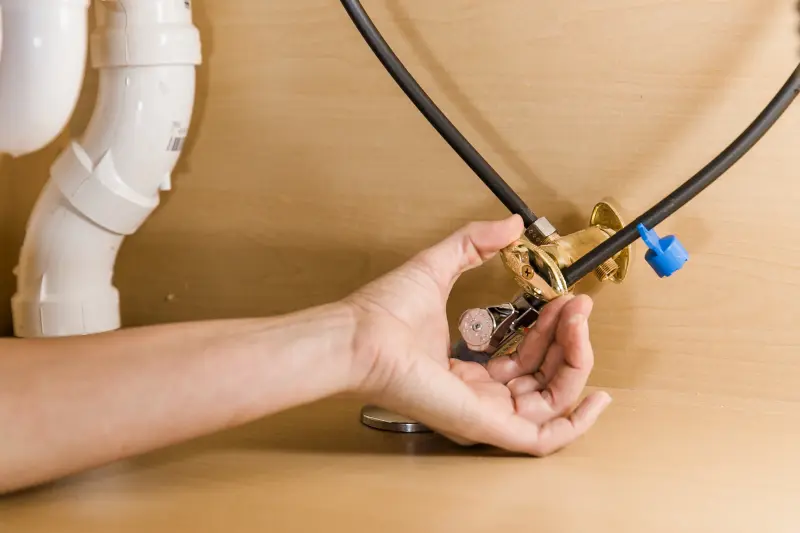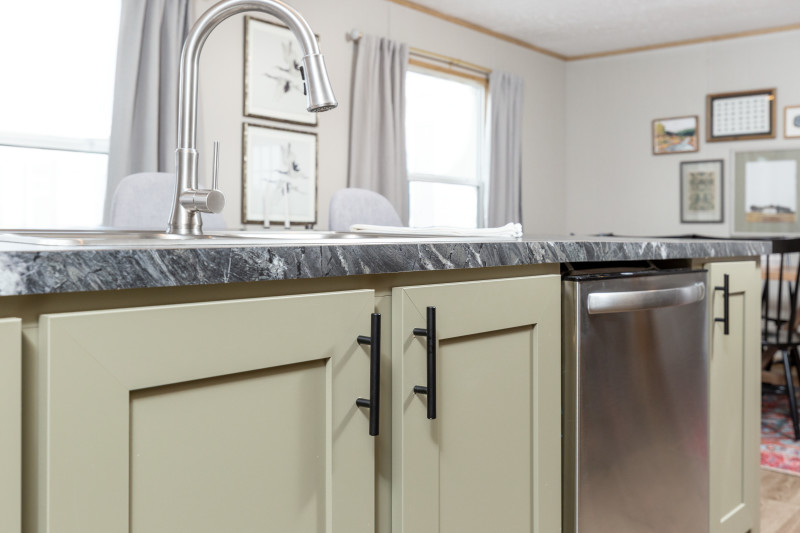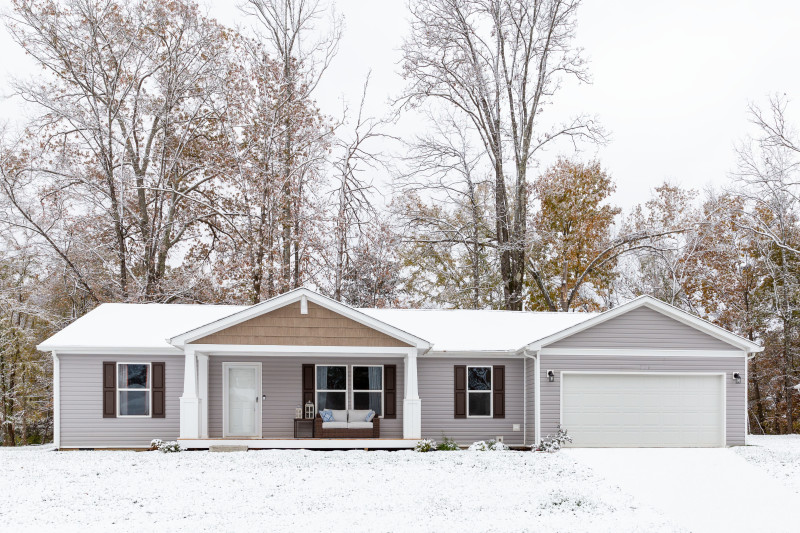How to Locate Your Home’s Water Shutoff Valves

Could you find your manufactured home’s pipes and water shutoff valves in case of a plumbing emergency? Here’s what you need to know, along with signs of frozen or burst pipes to watch out for.
As winter brings lower temperatures and inclement weather, it’s important to keep up with routine home maintenance tasks to protect your home from damage, and your wallet from costly repairs. These tasks include checking your home’s pipes to make sure they aren’t frozen or burst so you can catch any issues as soon as possible and prevent them from becoming more serious.
Let’s go over what to look for, where to find water shutoff valves throughout your home and a few details that are specific to manufactured homes. And as always, if you have any additional questions about the plumbing in your home, don’t hesitate to consult a professional plumber.
Signs of Frozen Pipes in Your Home
- Your water smells funny and is discolored, slowly comes out or has an uneven stream
- Bad smells are coming from the drains, sinks or toilets
- You hear unusual sounds, like banging or gurgling, when you use the sink or flush the toilet
- Wet rings are forming on the ceiling
If you think your pipes are frozen, you’ll want to find your home’s water shutoff valves and turn off the water to help reduce damage to the pipes.

Where to Find Your Home’s Pipes and Valves
At Clayton, most of our manufactured home models have in-home, whole-house water shutoff valves. This means you would find shutoff valves for the piping throughout the home, and the main water shutoff valve would most likely be in the utility or laundry room.
Kitchen Sink Typically, your kitchen’s water shutoff valves are the easiest to find because they’re usually under the sink or near the bottom of the sink cabinet. Your sink has piping leading to the faucet, so the valves should be on the piping underneath the sink.
Bathroom Like in the kitchen, most bathroom water shutoff valves will be underneath the sink in the cabinet area. Another possible location, if you have a suspended ceiling, is above the sink in the ceiling. The toilet’s water shutoff valve will almost always be underneath the toilet tank (which is also good to know in case you ever have a leaky toilet). Some shower or bathtub shutoff valves may also be underneath the sink, but if they’re not and you have a basement in your home, then check in the basement directly below the bathroom.
Utility or Laundry Room and Your Main Water Valve If your main water shutoff valve is located in your utility or laundry room, then it will be either above or right behind the washer. In some cases, this valve could also be near your water heater or in your crawl space, if you have one. And if you do have a basement, the shutoff will likely be located on the front foundation wall and will have a large, metal handle. It’s also possible that the shutoff valves are attached to an exterior wall or inside an underground box.

What should I do if my pipes are frozen or burst?
If you have a busted pipe or you’ve notice one is frozen, first use the shutoff valve for either that specific pipe or for your entire home, depending on how severe it is. If the frozen pipe is accessible, then you may be able to unfreeze it yourself by applying heat using a hair dryer, but if you can’t get to it or don’t feel comfortable doing so, you should contact a plumber. Then you can focus on cleaning up any water and making any necessary repairs to the pipes.
How can I prevent pipes from freezing in my manufactured home?
When the temperature is below freezing, it’s a good idea to let your faucets drip to help relieve any pressure in the pipes. You can also leave the doors to the cabinets under your kitchen and bathroom sinks open so warm air can circulate around the pipes. Make sure to keep your cabinets as uncluttered as possible to help with this, too.
When you live in a manufactured home, it’s also important to check your belly board, sometimes called the bottom board. This is the board that closes in the insulation around your piping under your home’s flooring and keeps everything in place. You’ll want to make sure your belly board is free of holes to prevent freezing.
With these tips, you’ll be ready to keep an eye out for any frozen or burst pipes in your home, which means more peace of mind for you as a homeowner. And if you want to stay on top of routine maintenance and learn other ways to keep your home in great shape over the years, you can head over to the Homeownership section of our Studio blog!
Are you ready to find your dream home?
Start shopping now or find a home center in your area to learn more about Clayton Built® home options.By entering your email address, you agree to receive marketing emails from Clayton. Unsubscribe anytime.
© 1998-2025 Clayton.

